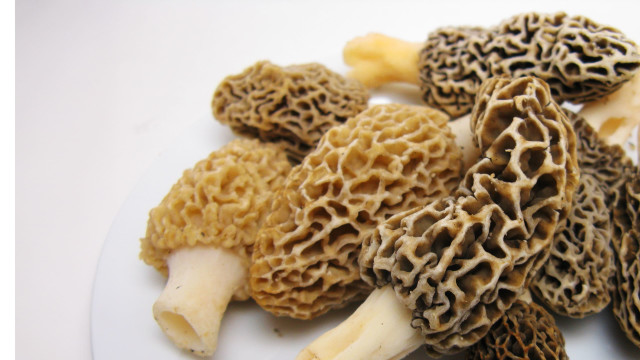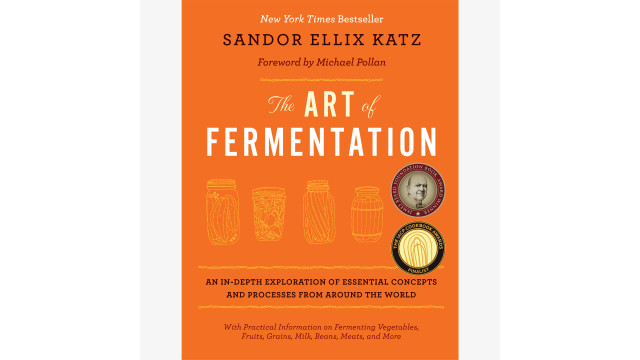On Fermentation and Waiting

I collaborate with microbes for a living. Together we transform food.
It sounds complicated, but really I just feed bacteria and yeast. I nourish them with vegetables and other stuff, and, in return, the microscopic critters give the food a complete makeover. Maybe I put some cucumbers, garlic, spices, and fresh dill into a briny bath, and I get sour fermented dill pickles a few days later. I feed the microbes apple juice. They give me apple cider vinegar months later.
Microbes + Time = Delicious.
Lately I have been thinking about the second of half of this equation — the time part. Until recently, it had never occurred to me to ask: what is time? It's just a continuum of stacked hours, upon minutes, upon seconds — right? It is the same everywhere, the ocean in which we all swim. Not so fast. It turns out that time moves faster in higher places. What? With ultra-precision clocks, time can be measured moving faster on mountaintops than at sea level, on a table instead of the floor, or in a moving object versus an object sitting still.
And time is where some people struggle with fermentation. Waiting doesn’t come naturally to folks in our modern world, but that is exactly what fermentation asks us to do: wait. And it’s worth the effort. Patience brings many rewards beyond pickles. A deeper perspective, for instance.
Gentle Transformation
There is gentle transformation — a recycling of life — in the practice of fermentation. People come to fermented foods for a range of reasons (curiosity, flavor, health, preservation, and so on) but sometimes the byproduct is meditation. Producing a ferment on your counter is an opportunity to watch small daily changes that give us a sense of wonder and connectivity.
Think about those quiet moments when you are just staring at a wall. The wall does nothing — it doesn’t move, it doesn’t stare back — and as your senses are deprived of incoming stimulus the bubbling begins. Your mind can wander freely. From the outside you look still, and yet like a jar of fermenting food you have a lot happening below the surface. In that jar, microbial populations are moving about, reproducing, competing for food, transforming their realm into an acidic one. Worlds are ever-changing.
Imagine a seemingly white poster on the wall. I say “seemingly” because from a distance the poster might look blank, but it isn’t. Look more closely and you will find small squares, drawn in pale grey and arranged in a grid of 52 across and 90 down. This very poster was framed in my son’s office. About a third of the way down, and part way across a row, I noticed a small square cut from a piece of green painter’s tape. I pondered it, not sure what I was looking at. My son said, “That is a life, if one lives to 90. I am here.” He pointed to the moveable square of tape.
My son is the age that I was when he was born. It had been my birthday the week before. This made it easy for me to locate where my dot would lie on this field. I found the dot and I experienced a surge of feelings. Many of them lay somewhere between disbelief and acute discomfort at facing my own mortality. In a visual graph, I could see that I am closing in on two-thirds of my stint on this planet, assuming — and it is a big Pollyanna assumption — that I live to at least 90. Suddenly, the feeling that the week had slid by quickly, too quickly, was overwhelming.
And yet this came as a reminder, as with any meditation, to try to make those squares count. Making them count doesn’t mean rushing forward, trying to live life to its busy fullest; it means moving through time with slow intention. This lesson can be learned from many practices, like meditation and yoga. I’d include fermentation on that list.
It is a lesson of patience and perseverance to roll with microbial time. In a jar or bottle on our counter, we allow wonder into our days, and we are given the opportunity to engage with our lives in a new way.
RECIPE: Lemon & Napa Cabbage Fermented Salad
Key Takeaways
- Fermentation is a meditative process.
- It teaches patience like meditation and yoga.
- It transforms food that is healthy.







